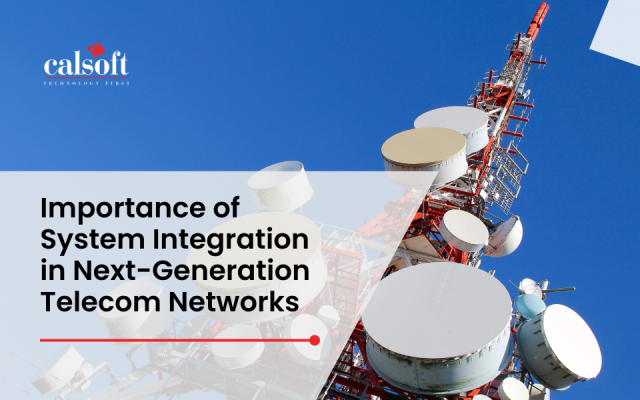Storage can be costly and inflexible. Enterprise storage devices with high performance and availability are very expensive portions of infrastructure in data centers. They are also quite inflexible as organizations need to purchase sufficient storage to meet ultimate storage requirements, whether for a year or a day.Until recently, IT departments had to purchase their own storage space for a given time frame to cater to the organizational needs. This not only locked capital for the said amount of time but also rendered unused resources wasted at the end of the engagement.
Storage as a service is nothing but a framework where- in large storage providers offer storage space from their own infrastructure to clients. This space is rented out on the basis of cost-per-gigabyte-stored and cost-per-data-transferred basis. It is a more convenient set up for enterprises availing the services as they can completely do away with tape and HDDs storage and save lot of overhead costs.
The data from the client’s end is transferred to the service provider on a pre-decided schedule over WAN or internet. The client is given a software to access the data stored. He can perform all storage tasks like data transfer, data backup, and data recovery of corrupted data. This service is a hit in the mid and small size business as large investments are not required.
No prizes given to guess the benefits of storage as a service! The client can:
- Save cost right from day one,
- Rapidly deploy as not much time is needed to carry out initial set up of the storage infrastructure,
- Scale up and down quickly as per requirement is available,
- Provide an updated infrastructure at all times
- Comply with changing regulations without a glitch
Storage as a Service (STaaS) offering provides clients with an economically advantageous option for deploying enterprise class storage in support of high performance, business-critical applications.
To know more email: marketing@calsoftinc.com
Contributed by: Calsoft Inc






